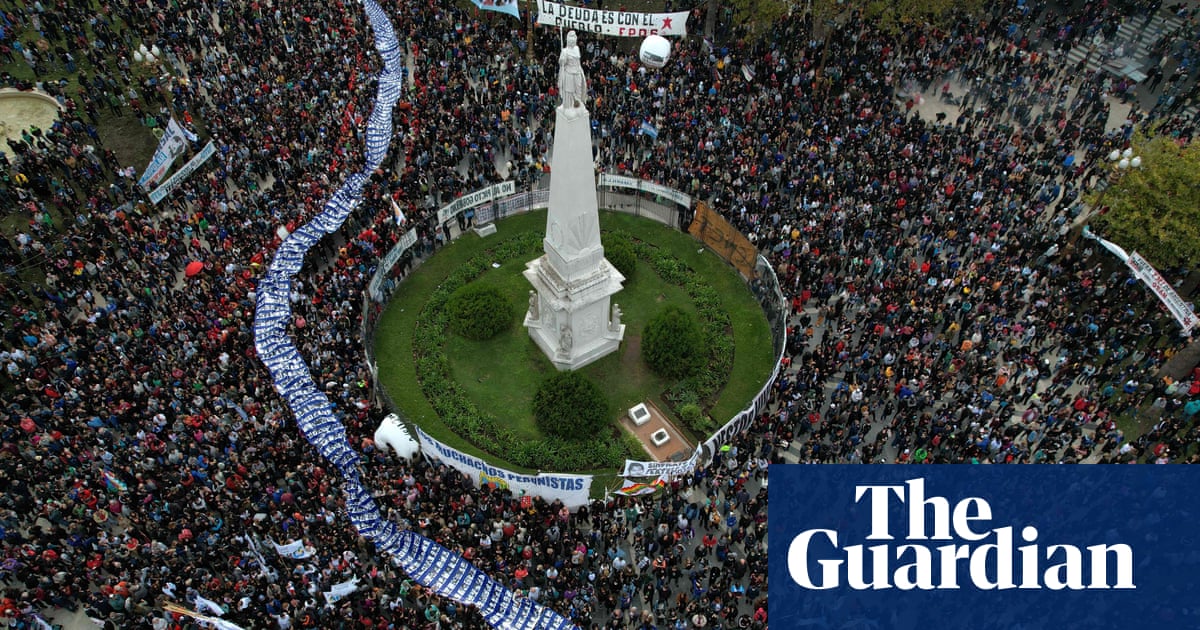The societal issue in Argentina is a complex interplay that, for decades, has been misrepresented by politics, often reduced to a one-sided narrative with limited permissible discourse.
Efforts to seek justice and acknowledgment from the state for crimes committed by terrorist organizations, as well as by the Peronist government and its cause leading up to the military dictatorship, have largely been marginalized. Successive governments, aligned with particular political sympathies or ideological leanings towards these groups, have selectively presented only partial truths, overshadowing the full scope of historical events.
A visit to the
ESMA museum reveals a stark juxtaposition: homemade weapons and manuals utilized by terrorist factions, alongside evidence of state-sponsored internment, torture, and killings. Notably, the exhibition of "terrorist" weaponry and guides is framed simply as "resistance to authority," neglecting to acknowledge the preceding acts of aggression and violence perpetrated by these groups.
Regarding the fixation on victim numbers, it appears to be a futile exercise in retaliation, offering little substantive resolution. The exact tally of victims may forever remain elusive, but the crux lies not in the numerical count but in recognizing the broader spectrum of suffering. Many Argentines advocate for an inclusive approach that encompasses victims of terrorism and pre-dictatorship Peronist government death squads. It is time to expand the discourse beyond the dictatorship era and denounce all forms of political violence throughout Argentina's history and present. This inclusive stance aligns with the current government's efforts, albeit in their own distinctive manner.

 www.theguardian.com
www.theguardian.com




